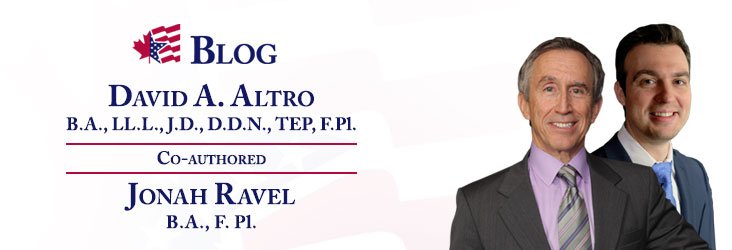MCA Cross Border Advisors has been keeping a close eye on the outcome of proposed changes to the EB-5 Immigrant Investor Visa Regional Center (“RC”) Program, which was set to expire on September 30, 2016. Amid continuing debate about whether to extend the program in its current temporary form or whether to reform it with the possibility of making it permanent, the U.S. Congress has just re-extended the program for the third time in the past year, by two additional months, with no changes through December 9, 2016.
The EB-5 visa has become increasingly popular in recent years among high net-worth individuals, particularly those from China, who are looking for a relatively quick route to U.S. permanent residency. The EB-5 visa is also popular among Canadians; MCA has assisted numerous Canadian high net-worth individuals with securing green cards through the EB-5 program, particularly through the RC route, which is especially attractive for such clients.
The EB-5 RC program, which began as a pilot program in 1992, allows foreign investors to invest a minimum of $500,000 USD in a qualifying investment in exchange for conditional green cards for the investor, his or her spouse, and any unmarried children under 21. The intent of the program is to spur the U.S. economy in targeted areas that stand to benefit from development. Las Vegas, for example, has seen a recent development boom from EB-5 RC funding.
The EB-5 program has been highly scrutinized in recent years due to accusations of fraud, abuse, and lax management. News of fraud came out this past April in connection with the EB-5 RC program in Jay Peak, Vermont—it was revealed that the operators were misappropriating invested funds in a Ponzi-like scheme for their personal benefit. In other cases, even without overt fraud, the concern is that developers have been profiting from loosely defined boundaries in order to use EB-5 RC funding to finance luxury condos, hotels, and ski resorts in more affluent areas.
Among other proposals aimed at curbing abuse and tightening access to the program, there has been a call to change the minimum investment amount by raising it from $500,000 USD to $800,000 USD. In a coup for developers, the bill that introduced this proposed 60% increase in the minimum investment amount for the EB-5 visa did not pass, and the EB-5 continues to be available at the $500,000 USD threshold at least through December 9, 2016.
While Congress continues to debate the outcome of the RC program, the EB-5 remains a viable investment opportunity for Canadians looking to move to the U.S. permanently.
Please contact us to learn more about the EB-5 program and to request a consultation to discuss your U.S. immigration and estate planning needs. MCA looks forward to reviewing your unique situation.
Among other proposals aimed at curbing abuse and tightening access to the program, there has been a call to change the minimum investment amount by raising it from $500,000 USD to $800,000 USD. In a coup for developers, the bill that introduced this proposed 60% increase in the minimum investment amount for the EB-5 visa did not pass, and the EB-5 continues to be available at the $500,000 USD threshold at least through December 9, 2016.
While Congress continues to debate the outcome of the RC program, the EB-5 remains a viable investment opportunity for Canadians looking to move to the U.S. permanently.
Please contact us to learn more about the EB-5 program and to request a consultation to discuss your U.S. immigration and estate planning needs. MCA looks forward to reviewing your unique situation.
——–
MCA Cross Border Advisors, Inc. is a registered investment adviser. Information presented is for educational purposes only and does not intend to make an offer or solicitation for the sale or purchase of any specific securities, investments, or investment strategies. Investments involve risk and, unless otherwise stated, are not guaranteed. Be sure to first consult with a qualified financial adviser and/or tax professional before implementing any strategy discussed herein. Past performance is not indicative of future performance.

